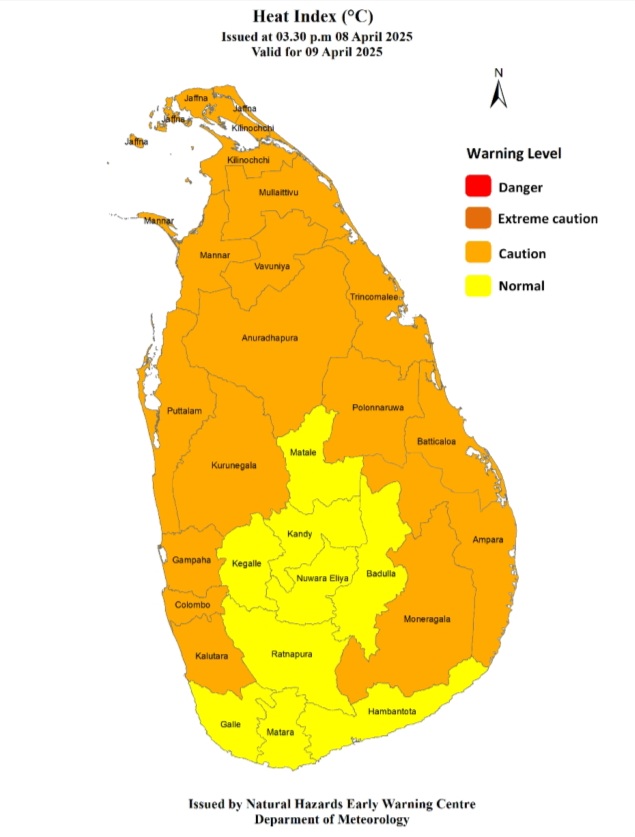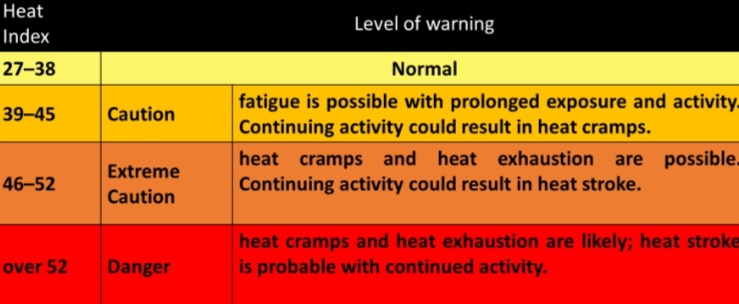News
South Asian black carbon aerosols increase glacial mass loss over Tibetan plateau: Study

=The South Asia region adjacent to the Tibetan Plateau has among the highest levels of black carbon emission in the world.
January 02, 2023 (pti): Black carbon aerosols have indirectly affected the mass gain of the Tibetan Plateau glaciers by changing long-range water vapour transport from the South Asian monsoon region, a study has found.
The South Asia region adjacent to the Tibetan Plateau has among the highest levels of black carbon emission in the world, the researchers said.Black carbon aerosols are produced by the incomplete combustion of fossil fuels and biomass, and are characterised by strong light absorption.
Many studies have emphasised black carbon aerosols from South Asia can be transported across the Himalayas to the inland region of the Tibetan Plateau.Researchers noted that black carbon deposition in snow reduces the albedo of surfaces — a measure of how much of Sun's radiations are reflected — which may accelerate the melting of glaciers and snow cover, thus changing the hydrological process and water resources in the region.
The study, published in Nature Communications, found that since the 21st century, South Asian black carbon aerosols have indirectly affected the mass gain of the Tibetan Plateau glaciers by changing long-range water vapour transport from the South Asian monsoon region.
Black carbon aerosols in South Asia heat up the middle and upper atmosphere, thus increasing the North–South temperature gradient," said Professor KANG Shichang from Chinese Academy of Sciences (CAS).
Accordingly, the convective activity in South Asia is enhanced, which causes convergence of water vapour in South Asia. Meanwhile, black carbon also increases the number of cloud condensation nuclei in the atmosphere," Shichang said.
These changes in meteorological conditions caused by black carbon aerosols make more water vapour form precipitation in South Asia, and the northward transport to the Tibetan Plateau was weakened, the researchers said.As a result, precipitation in the central and the southern Tibetan Plateau decreases during the monsoon, especially in the southern Tibetan Plateau, they said.
The decrease in precipitation further leads to a decrease of mass gain of glaciers.From 2007 to 2016, the reduced mass gain by precipitation decrease accounted for 11% of the average glacier mass loss on the Tibetan Plateau and 22.1% in the Himalayas.The transboundary transport and deposition of black carbon aerosols from South Asia accelerate glacier ablation over the Tibetan Plateau.Meanwhile, the reduction of summer precipitation over the Tibetan Plateau will reduce the mass gain of plateau glaciers, which will increase the amount of glacier mass deficit, Shichang added.
News
Heat index at ‘Caution level’ in Northern, North-central, Eastern, North-western, Western provinces and Monaragala district today [09]

The Natural Hazards Early Warning Centre of the Department of Meteorology has issued a Warm Weather Advisory for 09 April 2025
The public are warned that the Heat index, the temperature felt on human body is likely to increase up to ‘Caution level’ at some places in Northern, North-central, Eastern, North-western, and Western provinces and in Monaragala district.
The Heat Index Forecast is calculated by using relative humidity and maximum temperature and this is the condition that is felt on your body. This is not the forecast of maximum temperature. It is generated by the Department of Meteorology for the next day period and prepared by using global numerical weather prediction model data.
Effect of the heat index on human body is mentioned below is prepared on the advice of the Ministry of Health and Indigenous Medical Services.

ACTION REQUIRED
Job sites: Stay hydrated and takes breaks in the shade as often as possible.
Indoors: Check up on the elderly and the sick.
Vehicles: Never leave children unattended.
Outdoors: Limit strenuous outdoor activities, find shade and stay hydrated. Dress: Wear lightweight and white or light-colored clothing.
Note:
In addition, please refer to advisories issued by the Disaster Preparedness & Response Division, Ministry of Health in this regard as well. For further clarifications please contact 011-7446491.
News
Sajith asks govt. to submit its MoUs with India to Parliament

Prof. Jayasumana raises possibility of Lanka ending up with “Quad’
Opposition and SJB Leader Sajith Premadasa has said it is the responsibility of the NPP government to submit the MoUs/agreements that were recently signed with India to the respective Sectoral Oversight Committees (SOCs).
Premadasa said so when The Island raised the issue with him. He said that during his meeting with Premier Modi his focus had been on opening the Indian market for Sri Lankan garment exports.
The seven MoUs/agreements signed on 05 April included defence cooperation, energy, Eastern Province development and digitalisation.
Meanwhile, the Vice President of Sarvajana Balaya and former lawmaker Prof. Channa Jayasumana said that the government owed an explanation whether the recently signed MoU on defence cooperation directly or indirectly attached Sri Lanka to the Quad security alliance, consisting of the US, Australia, Japan and India.
 The former SLPPer raised the issue at a meeting held at Boralesgamuwa on Monday (07) in support of Sarvajana Balaya candidates contesting the May 6 LG polls.
The former SLPPer raised the issue at a meeting held at Boralesgamuwa on Monday (07) in support of Sarvajana Balaya candidates contesting the May 6 LG polls.
Prof. Jayasumana urged that the MoU on Defence Cooperation be placed before Parliament, and the people, without further delay. The academic who served as State Health Minister during President Gotabaya Rajapaksa’s tenure said that President Anura Kumara Dissanayake’s foreign policy direction should be dealt with.
By Shamindra Ferdinando
News
Govt. won’t extend suspension of ‘parate executions’

The government would not extend the suspension of ‘parate executions’ that was now effective, Deputy Minister of Finance Harshana Suriyapperuma told Parliament yesterday.
Suriyapperuma said so in response to a question raised by Opposition Leader Sajith Premadasa, who asked about the government’s plans regarding a relief package to assist small and medium-scale enterprises (SMEs) struggling to repay loans.
Pointing out that about 263,000 SMEs had closed down, Premadasa asked what action the government would take to address the grievances of these SMEs.
He said that from 01 Jan., 2019, to 01 Dec., 31, 2023, licensed banks had collected Rs. 113.7 billion through 2,263 parate executions. As of 31 Dec., 2024, Rs. 1,380 billion had been recovered from Stage III defaulters.
The government has introduced loan schemes to assist SMEs impacted by the economic crisis. They included capital loans of up to Rs. 10 million, with a six-month grace period and a three-year repayment term at 8% interest, Suriyapperuma said. Additionally, another loan scheme under the consolidated fund aimed to help SMEs that werecurrently paying their loans. That scheme offered loans of up to Rs. 15 million, which must be repaid over ten years with a one-year grace period and a 7% interest rate. For SMEs that had defaulted on their loans, a loan of up to Rs. 5 million is available at 8% interest, with a six-month grace period and a five-year repayment term, Suriyapperuma said.
By Saman Indrajith
-

 Business2 days ago
Business2 days agoColombo Coffee wins coveted management awards
-

 Business4 days ago
Business4 days agoDaraz Sri Lanka ushers in the New Year with 4.4 Avurudu Wasi Pro Max – Sri Lanka’s biggest online Avurudu sale
-

 Features3 days ago
Features3 days agoStarlink in the Global South
-

 Business5 days ago
Business5 days agoStrengthening SDG integration into provincial planning and development process
-

 Business4 days ago
Business4 days agoNew SL Sovereign Bonds win foreign investor confidence
-

 Sports6 days ago
Sports6 days agoTo play or not to play is Richmond’s decision
-

 Features3 days ago
Features3 days agoModi’s Sri Lanka Sojourn
-

 Sports5 days ago
Sports5 days agoNew Zealand under 85kg rugby team set for historic tour of Sri Lanka











